Your Closet’s Full, But You Have Nothing to Wear? Here’s the Real Fix.
It’s a feeling I know all too well, not just from my own experience but from helping countless people sort out their wardrobes. You open your closet, and it’s packed. But when it comes to getting dressed, especially when the weather starts to cool down, it feels like a black hole. Nothing works. Sound familiar?
In this article
The problem isn’t that you don’t have enough clothes. The real issue is that you have a collection of items instead of a functional wardrobe. You’ve got trendy pieces that felt fresh for about a month, fabrics that start pilling after a couple of washes, and fits that were never quite right in the first place. My goal is to help you shift from that cluttered, frustrating cycle to a solid, reliable foundation.
Building an amazing fall wardrobe isn’t about a huge shopping spree every September. Honestly, it’s the opposite. It’s about making a few smart choices in core pieces that will look great for years. It means getting a feel for fabric, appreciating solid construction, and knowing what’s actually worth your hard-earned money. So let’s forget the fast-fashion checklists and dig into the stuff that really matters.
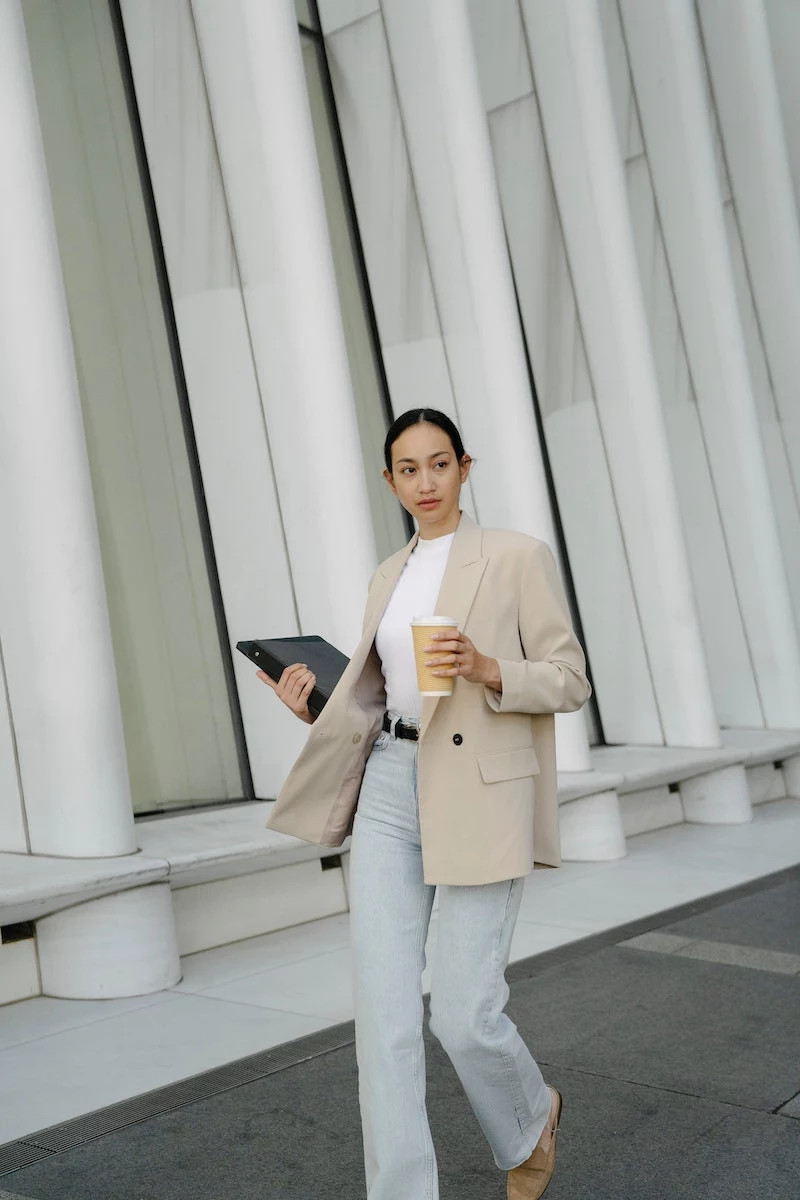
First Things First: Get to Know Your Materials
Before you even think about buying a new sweater or jacket, you’ve got to understand what it’s made of. The material is, without a doubt, the biggest factor in how a garment feels, how it holds up, and how long it will last. You can absolutely learn to spot quality just by touch and by reading the label.
Wool: The Foundation of Fall Warmth
There’s a reason wool is the king of cool-weather fabrics. Its fibers have this natural crimp that creates tiny air pockets, which is just a fancy way of saying it’s an incredible insulator. It traps your body heat to keep you warm. Oh yeah, and it can absorb a ton of moisture before it even starts to feel damp, wicking it away from your skin. That’s a game-changer compared to cotton, which gets icy cold when it gets wet.
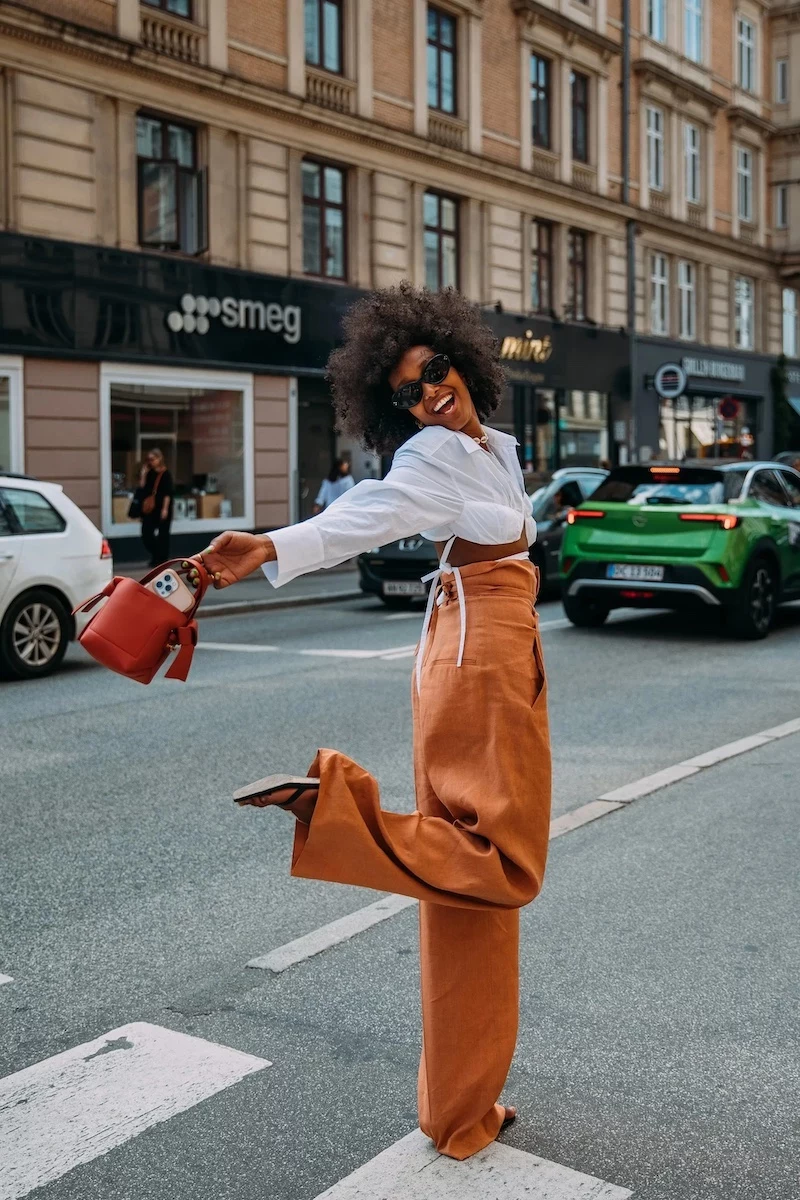
But not all wool is created equal. Here’s the breakdown:
- Merino Wool: This is your go-to for anything touching your skin. The fibers are super fine and soft, so you don’t get that itchiness of traditional wool. When you’re shopping, look for labels that say “extrafine merino.” That’s your clue it’s the good stuff. It’s perfect for a base layer or a classic crewneck sweater.
- Cashmere: This is the luxury player, known for being incredibly soft and surprisingly lightweight for how warm it is. A good cashmere sweater is a true investment. But a heads-up: be very suspicious of cheap cashmere. A $50 or $70 cashmere sweater is often made with short, low-quality fibers that will pill and fall apart in a single season. A well-made one, which might set you back $250 or more, can genuinely last a decade with proper care.
- Lambswool: Think of this as the durable, reliable workhorse. It’s from a sheep’s first shearing, so the fibers are smooth, strong, and soft. It’s a fantastic middle ground between standard wool and pricey cashmere.
Quick tip: In a store, gently pull at the knit of a sweater. Quality yarn and good construction mean it will feel dense and snap right back into place. If it feels loose, thin, or flimsy, it’s not going to hold its shape. And for care? Don’t machine wash this stuff! Hand wash in cool water with a dedicated wool soap, press the water out with a towel (never wring it!), and lay it flat to dry.

By the way, if ethics are on your mind, look for labels that mention “mulesing-free” or “non-mulesed” wool, which refers to a more humane shearing practice.
Cotton: More Than Just T-Shirts
Cotton is a year-round staple, but for fall, we want to look at its heavier, more structured forms.
- Denim: The backbone of most casual wardrobes. Denim quality is often talked about in terms of weight. Lighter denim is great for summer, but for fall, you’ll want something in the 12-16 ounce range. It’s warmer and way more durable. For those willing to go the extra mile, raw denim is the ultimate choice. It’s stiff and uncomfortable at first—no joke, the break-in period can take a few weeks of consistent wear—but it molds perfectly to your body over time for a fit you can’t get any other way.
- Corduroy: This fabric just screams fall. It’s a cotton fabric with distinct ridges called “wales.” A low wale count (like 8-wale) gives you thick, rugged cords perfect for trousers. A higher count (like 14-wale) is finer and works great for shirts and jackets.
- Twill: Chinos and trench coats are usually made from cotton twill. Its tight, diagonal weave makes it incredibly durable and pretty resistant to wind.
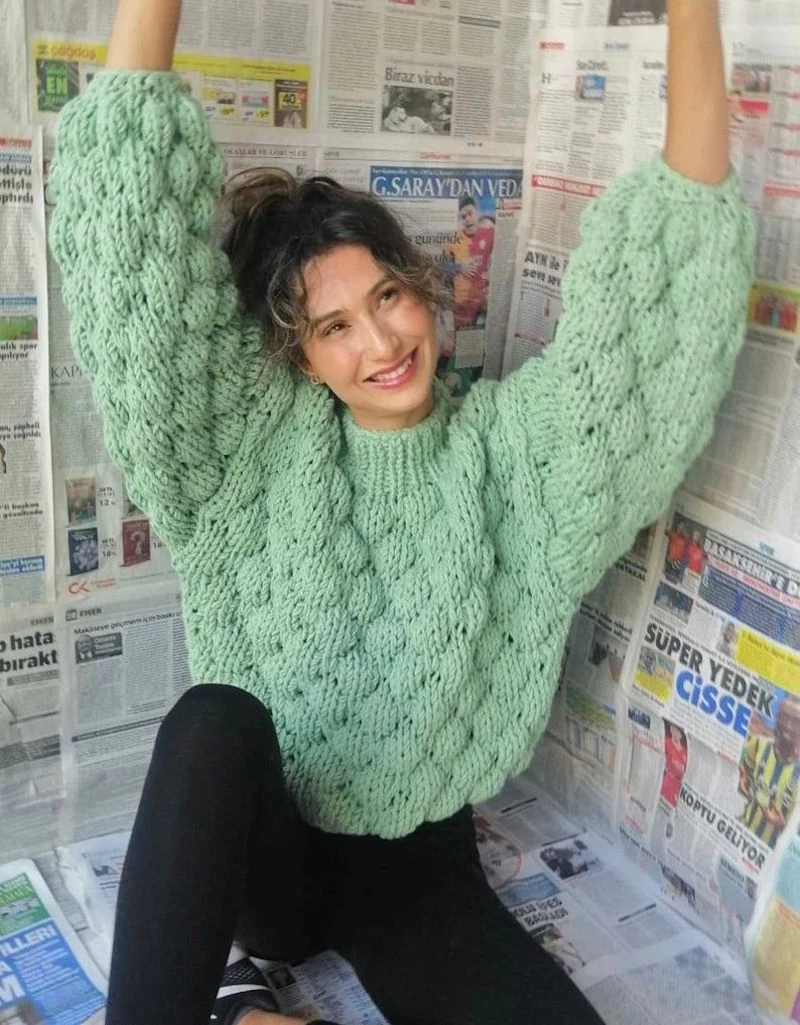
Leather (and Its Modern Alternatives)
A great leather piece is a big purchase, so you need to know what you’re looking for. A lot of what’s out there is, to be frank, junk.
- Full-Grain Leather: This is the best you can get. It uses the entire outer layer of the hide, including natural imperfections. It’s tough as nails and develops a gorgeous, unique patina as it ages. It’s expensive, sure, but a full-grain jacket or belt is a lifetime purchase.
- Top-Grain Leather: This is the next best thing. The surface is sanded down a bit to make it more uniform, which makes it slightly less durable than full-grain but still a very high-quality option.
- “Genuine Leather”: This is a sneaky marketing term for one of the lowest grades of leather. It’s made from leftover layers of the hide, then often painted and processed to look better than it is. It will crack, peel, and never look better than the day you bought it. I tell everyone to avoid this.
Pro tip: Look at the raw edge of the leather. High-quality leather will have a fibrous, natural-looking edge. If it looks perfectly smooth and almost like plastic, it’s probably a low-grade, corrected product. For care, plan on wiping down and conditioning your leather goods once or twice a year with a quality leather conditioner to keep them from drying out.
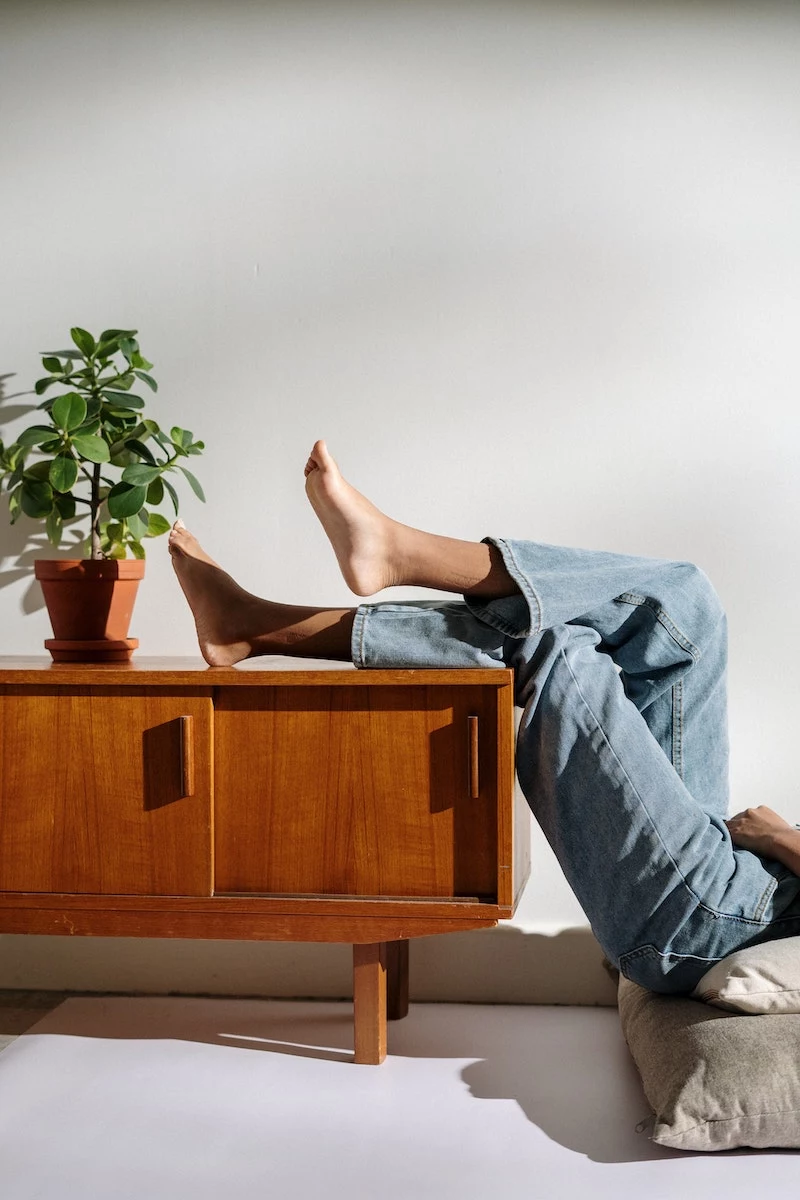
And what if you don’t want to use animal products? The world of vegan leather has come a long way. Forget the cheap, sweaty PU (polyurethane) of the past. High-end alternatives made from cactus, mushroom, or pineapple leaf fibers are now available that are both durable and breathable. They offer a great look without the environmental or ethical concerns of low-grade leather.
The 5 Core Pieces Actually Worth Your Money
Okay, with that material knowledge in your back pocket, let’s talk about where to focus your budget. The goal is to get the best version you can afford in these five categories.
1. The Perfect Sweater
We’ve already touched on this, but one high-quality merino, lambswool, or cashmere sweater is worth more than five cheap acrylic ones. A simple crewneck or V-neck in a versatile color like grey, navy, camel, or oatmeal will be the most-worn item in your closet from October to March.

2. A Seriously Good Coat
This is your armor against the elements. A classic wool overcoat or a well-made trench coat can elevate literally any outfit. The key here is fit, especially in the shoulders. It should be comfortable over your thickest sweater without looking sloppy. This is one area where tailoring is your best friend.
3. Versatile Trousers
A great pair of dark-wash, mid-weight denim is non-negotiable. But don’t stop there. A pair of heavier cotton twill chinos in khaki or olive, or even a pair of grey wool flannel trousers, will give you so many more options. Fit is everything; you want them to be comfortable but not baggy.
4. Solid Footwear
Your shoes take a beating, so this is no place to skimp. A pair of quality leather or suede boots is a fall must-have. Look for construction details like a Goodyear welt, which means the sole is stitched on rather than glued. It’s a sign of quality and means they can be resoled by a cobbler for about $60-$100, extending their life for years. Expect to pay anywhere from $200 to $500 for a pair that will last.
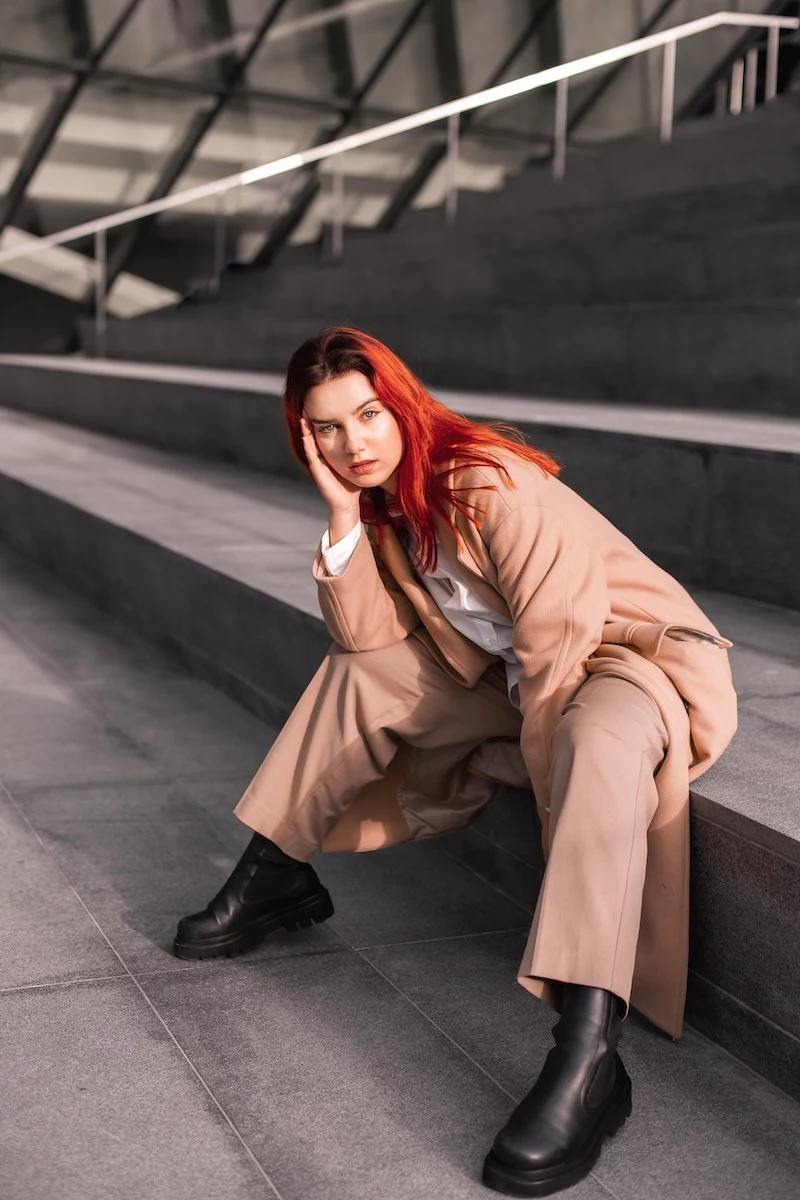
5. A Belt That Lasts
It sounds minor, but it’s not. A solid, full-grain leather belt pulls an outfit together. Unlike the cheap “genuine leather” ones that crack and fall apart after a year, a good one will cost you maybe $70 to $120 and will last for a decade or more, looking better with every wear.
A Few Last Pro-Tips to Get You Started
Feeling overwhelmed? Don’t be. This is a marathon, not a sprint.
Embrace the Tailor: Seriously. A tailor is your secret weapon. You can find an amazing, high-quality wool coat at a thrift store for $40 that’s a size too big, spend another $80 on tailoring, and end up with a piece that looks and fits better than a $500 off-the-rack coat. Tailoring is the most underrated style hack out there.
Your First Three Investments: If you’re starting from scratch, here’s where I’d tell you to begin:

- A grey or navy merino wool crewneck sweater. It goes with everything.
- One pair of dark-wash, mid-weight denim jeans that make you feel great.
- A pair of classic leather boots in brown or black.
Start there. Wear them, love them, and see how having a few great things feels better than having a closet full of okay things. Then, you can slowly and intentionally build from there. You’ve got this.
Inspirational Gallery
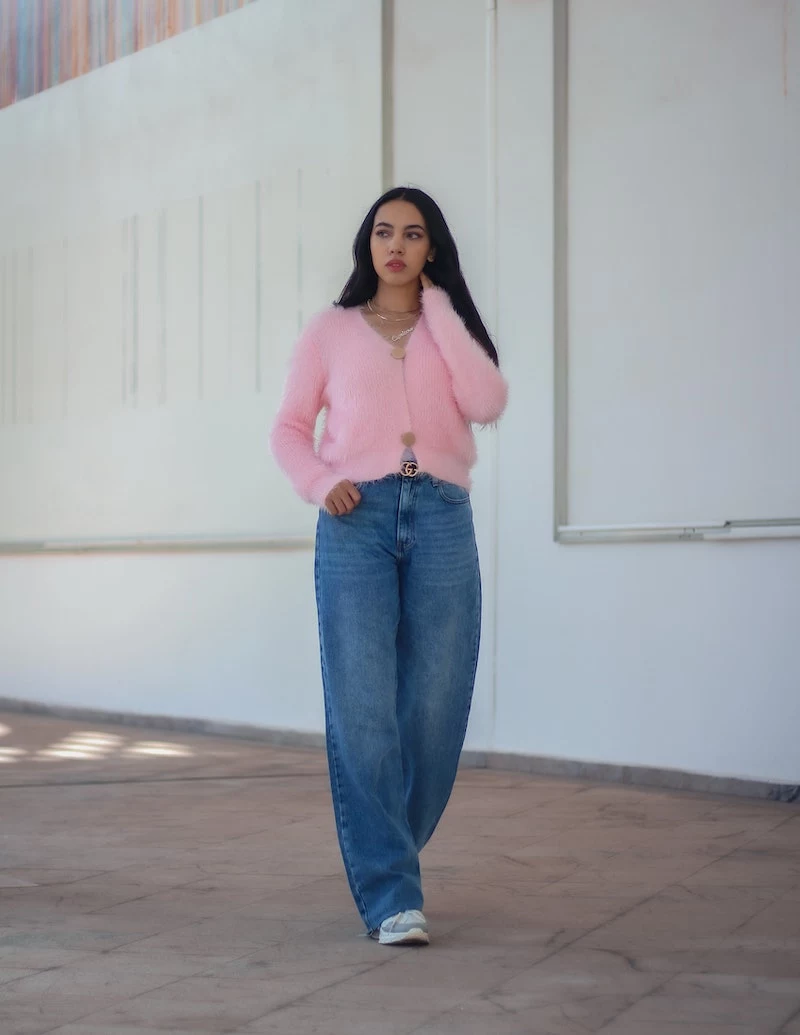
So you’ve invested in a beautiful wool sweater. How do you keep it from shrinking or pilling into oblivion?
Forget the machine, even on the delicate cycle. Hand-washing is your best friend. Use a specialized wool wash like The Laundress Wool & Cashmere Shampoo or even a gentle baby shampoo in cool water. Don’t wring it out! Gently squeeze the excess water, then roll the sweater in a clean, dry towel to absorb more moisture. The most crucial step? Lay it flat to dry on a mesh rack or another towel, away from direct heat or sunlight. This prevents stretching and preserves its shape, ensuring your investment piece looks amazing for many autumns to come.










